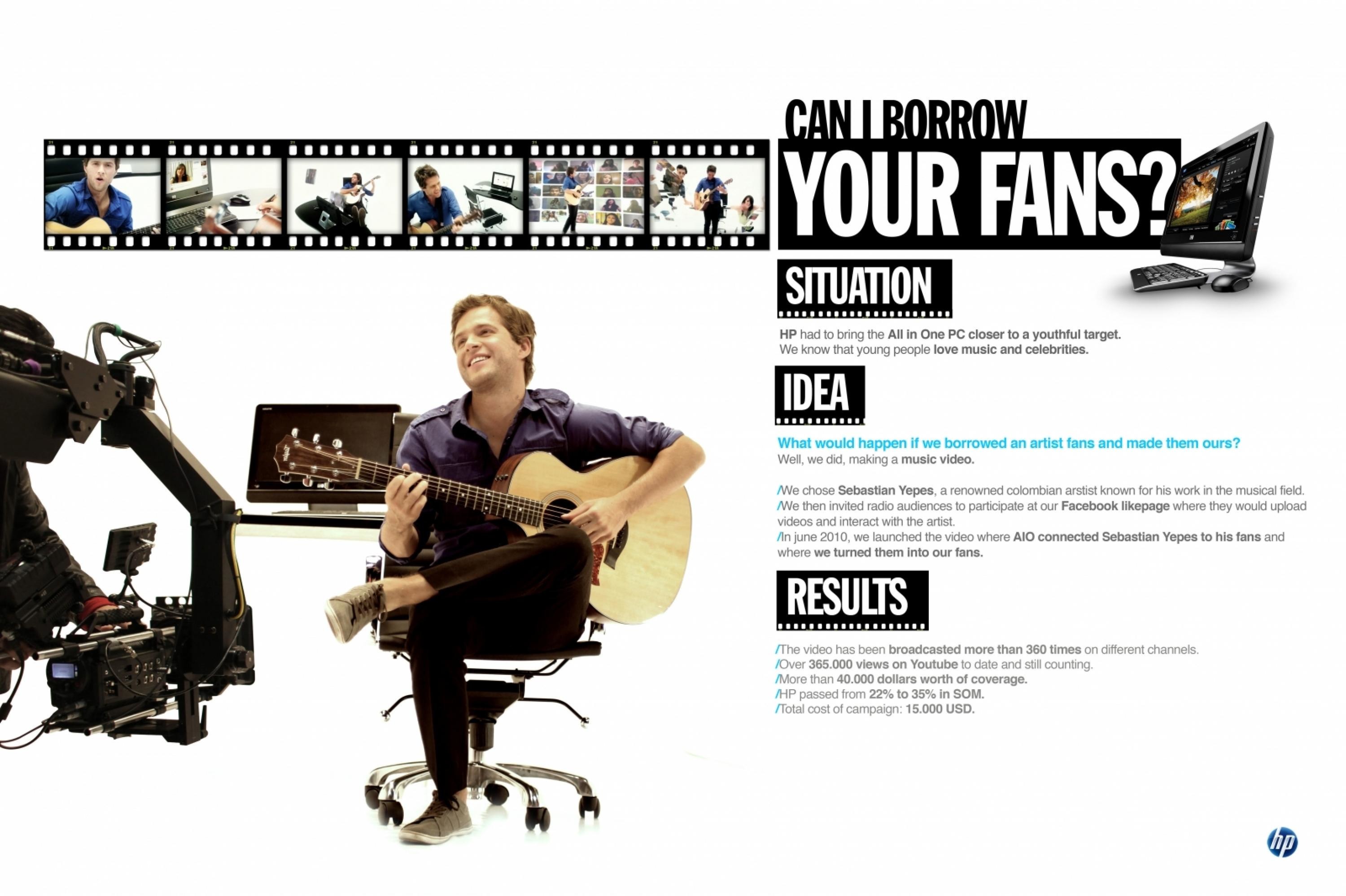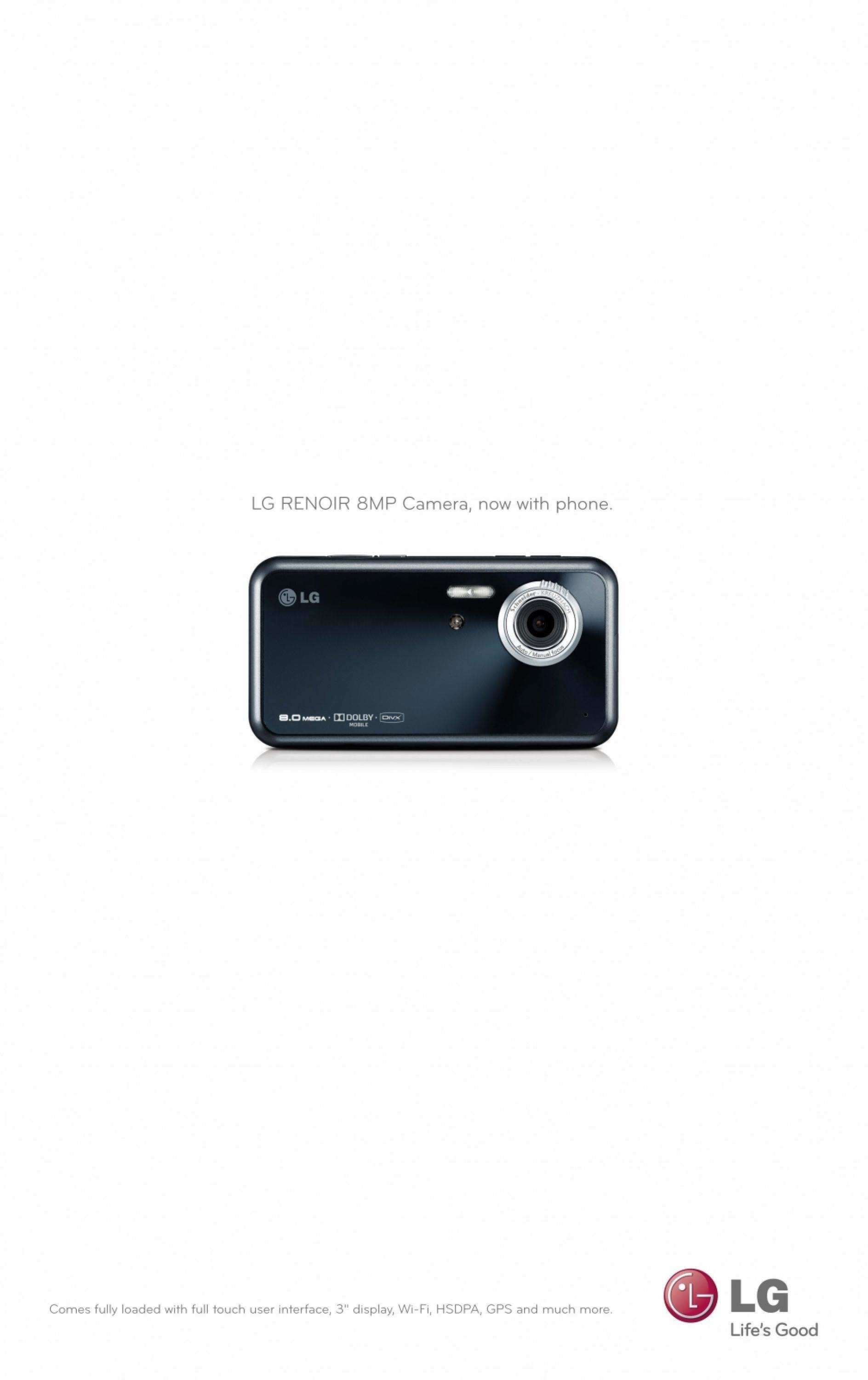Cannes Lions
HP The Lonely Six
HP, Palo Alto / HEWLET-PACKARD / 2018

Overview
Entries
Credits
Overview
Description
From the beginning, our engineers focused on the innovation needed to ensure astronauts could print mission critical documents in zero-gravity; imagine taking a printer, turning it upside down and figuring out how to make it not only work but also make it better. This included working with a team from NASA, which included four astronauts, and hearing how the ISS isn’t just an office, it’s a home.
For 18 months the HP team tackled a range of requirements including paper management in zero-gravity, flame retardant plastics, no glass and waste ink management – but also ensured the printer could print high-quality photos. After sharing three design options, the team blended elements from the company’s enterprise, office and home platforms to create the final prototype, which then began its gauntlet of zero-g tests on its way to being the first printer to make the ISS feel a little more like home.
Execution
We created new materials.
Using HP 3D printing technology, we experimented with new materials like nylon filled with glass beads, so printer components would be flexible yet rigid and durable. We also made the entire body of the printer flame retardant through a unique, never-been-done-before, molding process.
We repurposed and reimagined existing printing technology.
To ensure zero ink leakage, so as not to contaminate tests aboard the ISS, we repurposed a proprietary material used to absorb any ink spray. This material is currently used for printer maintenance; it has never been used this way and opens the door for future applications.
We fought gravity.
All printers require gravity to function – for paper in the tray to stay in place, for the cartridges to hang on their rods, for ink to remain stable; we had to replace and rethink that gravitational bias with mechanical solutions.
We made maintenance or repairs simple.
One of the benefits of using 3D printed materials is if a part breaks, we just print it back out and send it to the ISS on the next uncrewed SpaceX Dragon cargo ship.
Outcome
We created 50 HP ENVY ISS printers, as two printers will blast off to the ISS every two years and replace the existing printers through 2028. Discoveries and engineering breakthroughs from this project are being leveraged today in HP’s product development.
With more than 217 million earned impressions, we made the launch of the HP ENVY ISS about more than a new printer; we made this a moment to consider how a simple print can turn a space station into a home.
Coverage also reinforced HP’s leadership in the print industry – reaffirming the possibilities of print and underscoring HP as one of the most innovative companies in Silicon Valley.
And now, when the lonely six have finished their work for the day, and head “home” for the night, printed photos of life’s little moments await them, bringing them just a bit closer to ones thinking about them down below.
Similar Campaigns
12 items






